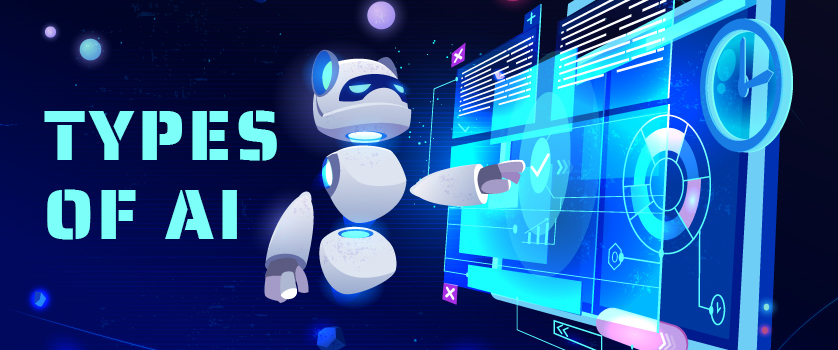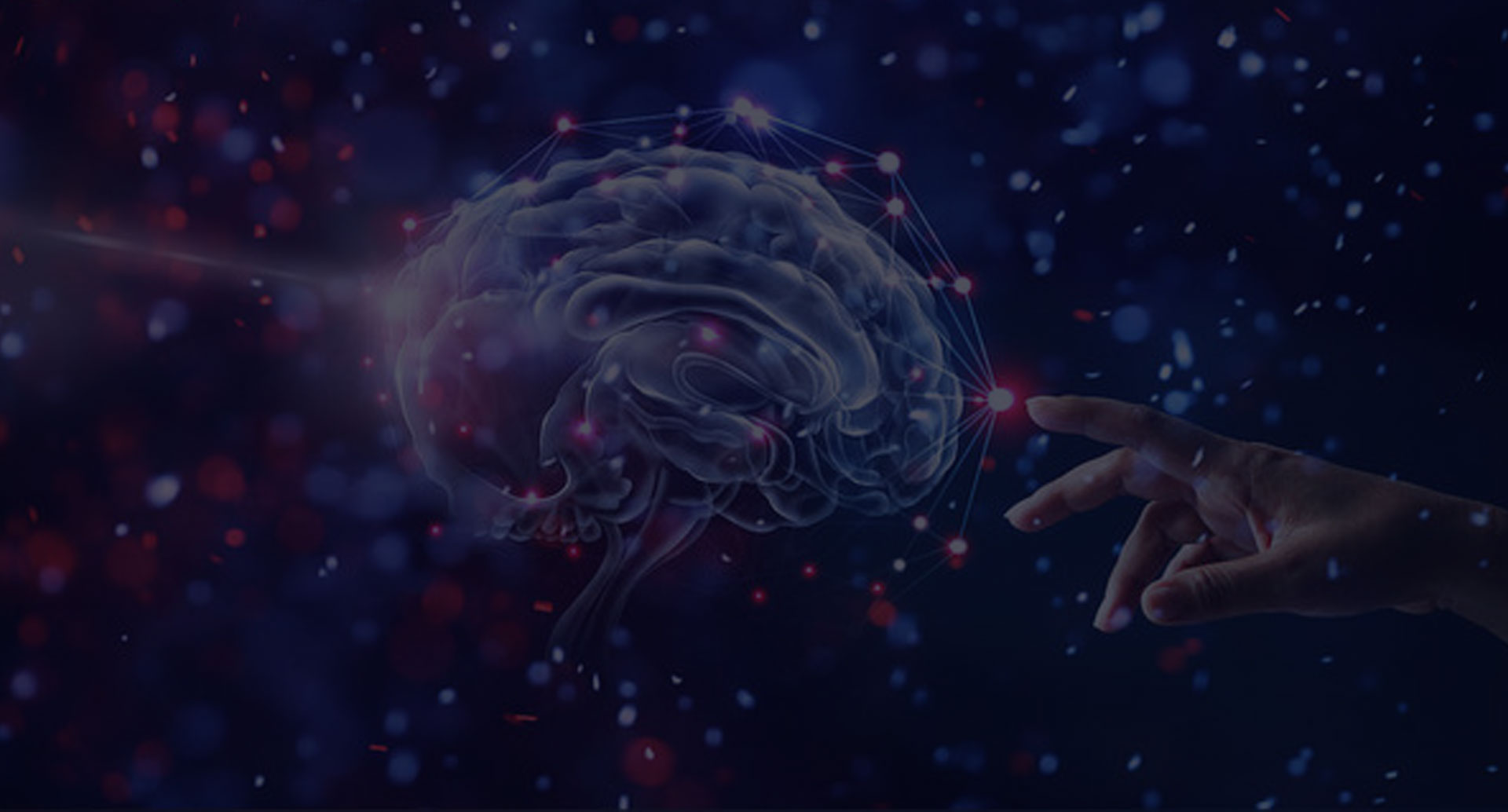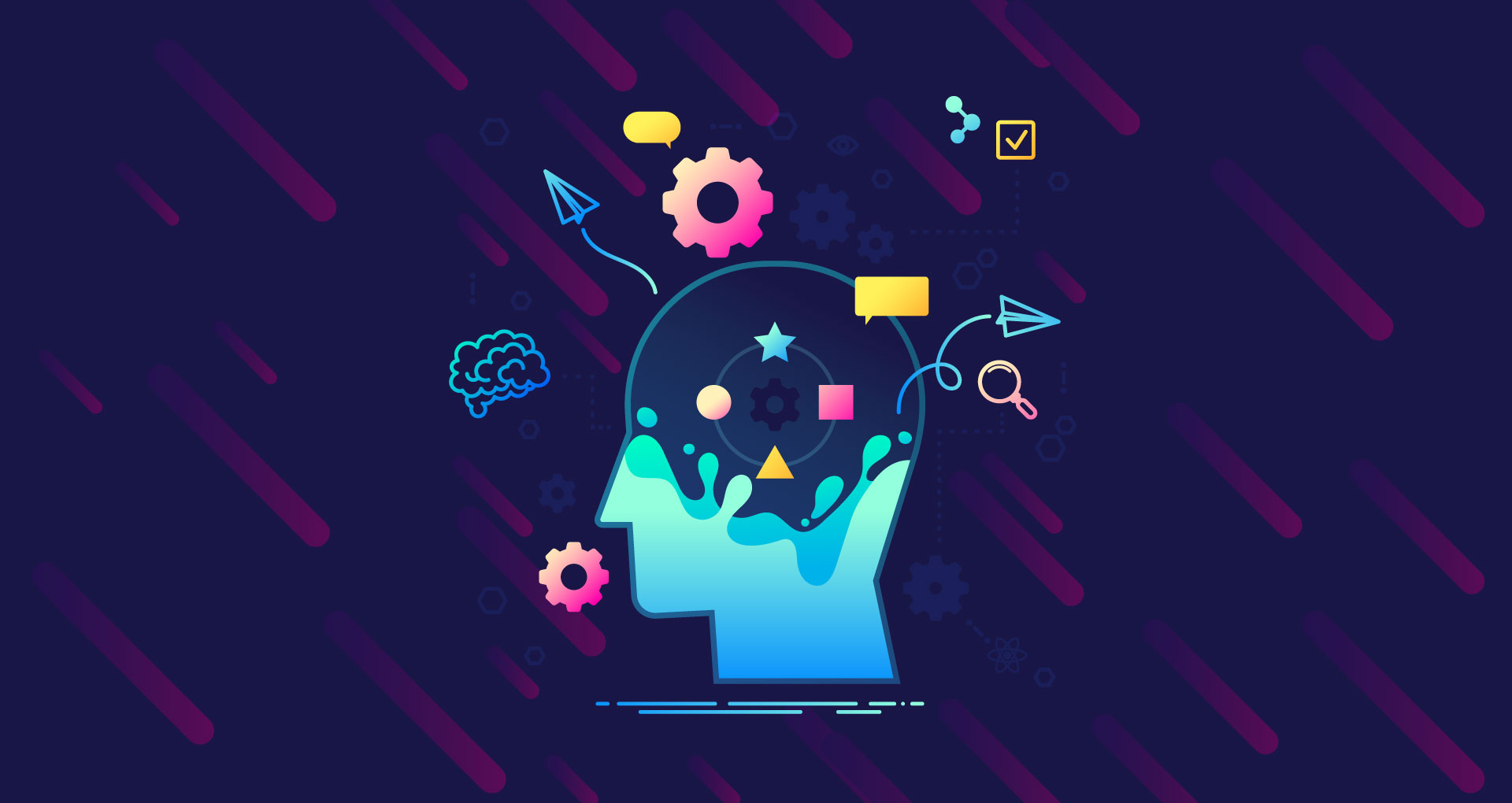
Anshul Jain
23 Apr 2020
In 1956, John McCarthy, the Father of Artificial Intelligence, first coined the term Artificial Intelligence (AI) and defined it as “the Science & Engineering of making intelligent machines." With this definition as a foundation, AI and its various types found its new and modern meaning, which though differs researcher to researcher, underlines the same concept that it is the ability of a machine, whether a computer, software or system to perform tasks, such as decision making, object detection, solving complex problems, and more, simulating human intelligence. It is based on this concept AI is classified into various types, which are inspiring new AI systems, devices, and technologies, a few of which are already being used by us on a daily basis.
From self-driving cars and Human defeating computer games to chatbots, virtual assistants, and more, AI and its types are helping developers design innovative devices and machines that offer many potential benefits to economies, societies, communities, and individuals. Therefore, to elaborate on this importance and change, we are going to discuss these types of artificial intelligence in detail, with their examples.
Types of Artificial Intelligence:
Artificial Intelligence, though, can be divided into various types, it is mainly classified into two major groups, each of which defines important characteristics of AI and how it is being used or researched by experts worldwide.
1.) Types: Based on Capabilities:
Divided into three important types, this is the first category of Artificial Intelligence, based on which all the present research work and development is classified.
I.) Artificial Narrow Intelligence (ANI):
Also known as Weak AI or Narrow AI, Artificial Narrow Intelligence (ANI) is focused on one dedicated or narrow task and mainly refers to the systems/computers/machines trained or programmed to perform a specific task. These perform human-like actions, however, are highly dependent on humans to feed them data, code, or program.
In short, they have a very narrow or limited range of competencies. Currently, all AI-powered machines, even the once that use most complex AI like machine learning are Narrow AI.
These though termed weak, shouldn’t be considered so, as they can perform tasks faster than humans and improve productivity. Moreover, they will act as the building block for the advanced and more evolved AI we will encounter in the future.
Example:
IBM’s Deep Blue, the Supercomputer that defeated the Russian Chess Grandmaster Garry Kasparov in 1997, is one important example of Narrow AI. It was designed to analyze possible moves, both of its own and its opponents, and choose the most strategic one. The concept behind this supercomputer was simple. It was designed with a narrow view, which stopped it from pursuing future moves and focus on how it rated outcomes.
IBM’s Watson, Siri, Alexa, and other natural language processing (NLP) tools are all examples of Artificial Narrow Intelligence (ANI).
II.) Artificial General Intelligence (AGI):
The second type of artificial intelligence, Artificial General Intelligence (AGI) or Strong AI has the accuracy level similar to humans, as they are endowed with various cognitive abilities, like learning, perceiving, forming connections, generalizing, make judgments, innovating, etc.
Machines and systems that exhibit human intelligence and are capable of performing any task that a human being can are all termed as Strong AI. The intelligence of these machines is on par with Humans, and they replicate our multi-functional capabilities, effortlessly. Moreover, Stong AI can independently build competencies and cut down the training time massively, which further brings agility to processes.
Though extremely beneficial, there hasn’t been any major development in the field of AGI and researchers worldwide are dedicated to making this type of AI a reality.
Example:
Pillo Health Robot is the nearest example of Strong AI, as it has the capability to answer health-related questions, distribute pills, give guidance, and perform various health assistance tasks like human healthcare assistants. It is a powerful technology, suitable for people in need of a full-time live-in doctor.
III.) Artificial Super Intelligence (ASI):
The third stage of Artificial Intelligence, Artificial Super Intelligence (ASI), is believed to create super-intelligent machines and systems that surpass human intelligence. With the assistance of ASI, machines will be able to exhibit intelligence, which hasn’t been witnessed even in the brightest of humans.
Commonly witnessed in fictional movies, like The Matrix, I, Robot, Terminator, and more, Artificial Super Intelligence (ASI) or Superintelligence is currently only limited to movies, theory, and research and is assumed to be the future of extremely advanced AGI, by intellectuals.
However, intellectuals don’t only assume benefits from this type of AI. As superintelligence will be a result of recursive self-improvement, many researchers and experts, including Stephen Hawking and Elon Musk, believes superintelligence to be a step closer to global catastrophe or human extinction.
2.) Types: Based on Functionalities:
This is the second category of types of Artificial Intelligence, which classifies artificial intelligence based on its functionality, rather than the capabilities it offers to the intelligent systems. Moreover, it depicts how AI is evolving from simple machines to self-aware machines, with the assistance of various technologies like machine learning, neural network, natural language processing, and more.
It is crucial to understand the earlier artificial intelligence types to grasp the concepts of the types mentioned below:
I.) Reactive Machines AI:
The most fundamental type of Artificial Intelligence, Reactive Machines have limited capabilities, as they are incapable of forming memories and use past experiences to form future decisions. In short, they perceive the environment directly and only focus on current scenarios and react on it as per possible best action.
These machines behave similarly, whenever they encounter the same situation, until they are programmed to do otherwise. Moreover, Reactive Machines can only be used to respond to a limited set of combinations or inputs.
Google’s Alpha Go, AlphaGo Zero, and AlphaZero are a common example of Reactive Machines. These are computer programs designed to board game Go. It combines neural networks with powerful search algorithms and uses them to predict moves, as well as the eventual winner of the games. IBM’s Deep Blue is another important example of Reactive Machines.
II.) Limited Memory AI:
These are the machines that have the abilities of Reactive Machines, as well as the capacity to store past experiences for a limited time. Limited Memory AI uses past memories and historical data to perform tasks and make informed and improved decisions.
Be it chatbots, virtual assistants or self-driving cars, currently, all AI applications are driven by Limited Memory AI. For example, self-driving or autonomous cars sense its environment, make an informed decision and navigate the road accordingly. It stores various necessary information, like the speed of nearby cars, distance, speed limit, etc. to ensure safe mobility.
III.) Theory of Mind AI:
The third layer of AI, Theory of Mind, like AGI & ASI is just a concept or a work in progress. It is assumed to be the next level of AI and is rigorously researched by experts and researchers worldwide.
Theory of Mind follows the concepts of the psychological theory of mind and is believed to be able to imitate humans, understand human intelligence and emotions, beliefs, thoughts, expectations, and portray similar cognitive abilities while forming representations about the world and its surrounding environment.
IV.)Self-Aware AI:
Like Theory of Mind, Self-Aware AI is also limited to Sci-fi movies and is far from being a reality. It currently exists only hypothetically and researchers believe it to be the ultimate future of AI machines that portray super intelligence, sentience, sentiments, & consciousness.
These machines will surpass human abilities and be able to infer their current state and use that information to further understand what other humans, as well as machines, are feeling, with the assistance of machine learning, deep learning, natural language processing, data sets, and more.
In short, this type of AI, like Superintelligence will enhance and boost human civilization but can potentially cause a catastrophe.
Though both the categories of artificial intelligence are divided by theorists based on their underlying concept, one can evidently see a similarity between the two. On one hand, there is ANI, Reactive Machines, and Limited Memory, which are already a part of daily lives while on the other, Artificial General Intelligence, Artificial Super Intelligence, Theory of Mind, and Self-Aware AI, are present just in theory and are far from being a reality.
Whether AI evolves or not, one thing is sure it will boost productivity, create new products and services, and open new fields of innovations for both humans and machines, which together will promise a better future across sectors.




